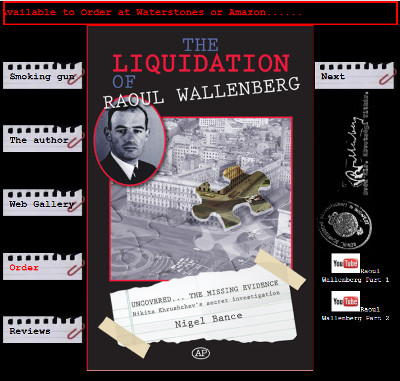Gizmo1
Where Art and Technology become one
How it all works
Web design is as much an art as it is a computer science. There is the coding and the Aesthetic. The Aesthetic or artistic side involves layout, composition, proportion, colour, depth, pictures, typography and balance. To list but a few. The coding is even worse; at the very least you need to be able to juggle two files written in two different languages. You also need to have some understanding of computer graphics (Photoshop or Gimp or similar)

Above is a highly compressed summary of what you need to know to publish a web site, and understand what you are doing. I have not even touched on Javascript and making your site come to life or PHP and the power of data bases let alone animation and the power of video. Now I am quite happy for you to go away and have a play with something like WIXs or some other build your own web site application. You might be quite good at it but there are a lot of draw backs. The most important is time. You will find it great as long as it is working just the way you want but as soon as it does not, or you want something slightly different, that is when the hair starts to fly. The next is the technical side; you don't really understand what is going on 'under the bonnet'. Has any meta information been included in the head section of the code if so what? Have you looked at the loading time of the page? If you have included very large picture files (and some can be huge) then it may take a very long

So please don't be fooled into thinking it is that easy. I have been doing this for nine years and only in the last year or two have felt like I have a thorough knowledge of the subject. That is to say I know how much I don't know. But I understand enough to do anything.

The difference the mobile phone has made to everything is enormous and this is true for web design as much as anything else. It has opened up the web to a massive new audience but has created new challenges for the designer. I liken it to trying to paint the 'Hay Wain' on a till roll:). The problem is the drastic change between landscape and portrait. Things are helped a bit by the fact that originally we designed for a scrolling top to bottom format which can look more portrait than landscape on a PC or Laptop browser.